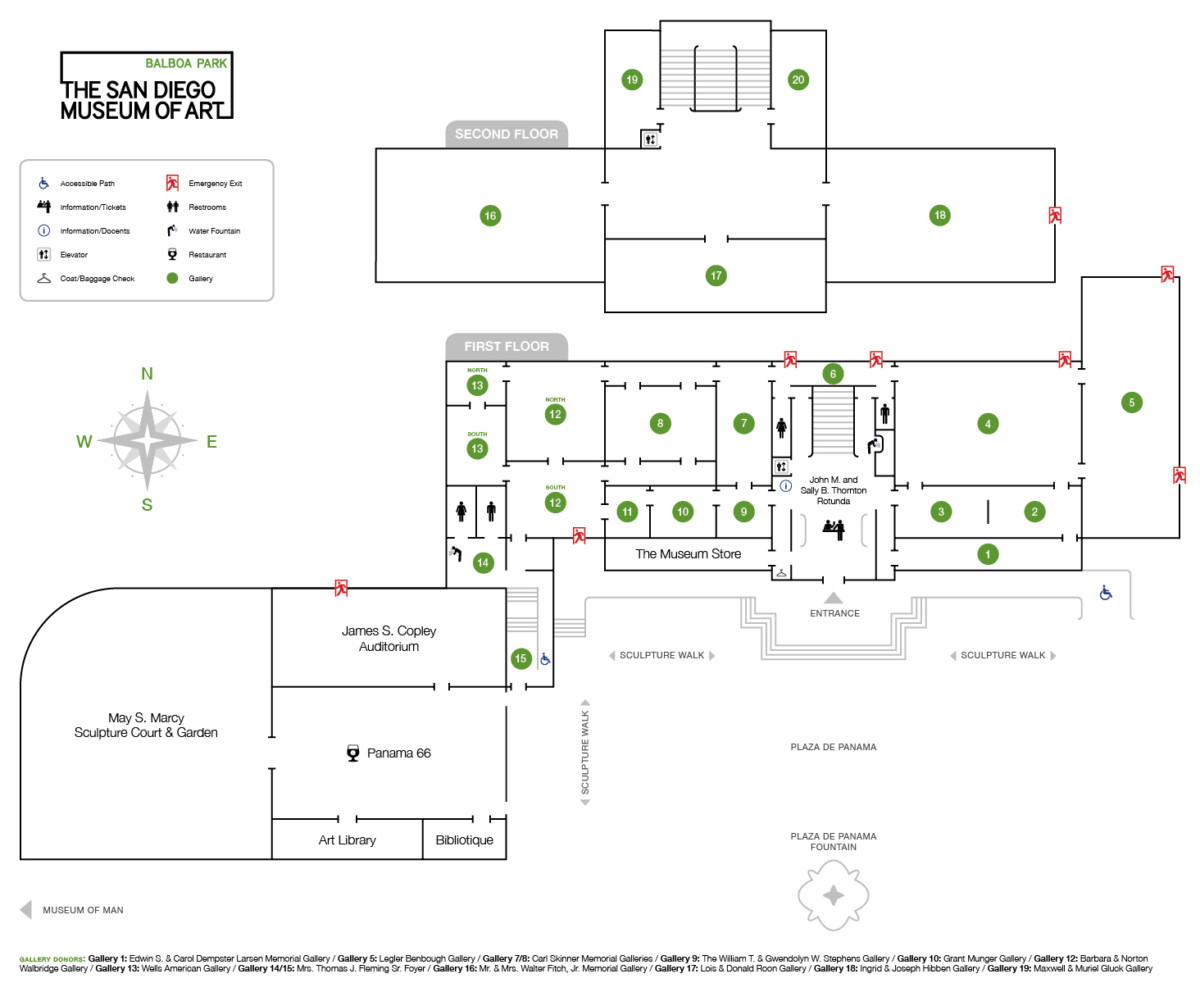For the first time, jewelry created by the great American sculptor Alexander Calder is the subject of a comprehensive exhibition entitled Calder Jewelry.
Calder Jewelrybrings together approximately 90 works by the famed modernist – including necklaces, bracelets, brooches, earrings, and tiaras – that demonstrate the artist’s love of abstraction and his unique mastery of this wearable art form. The works in the exhibition were all worn by family and close friends of the artist, as well as by some of the most celebrated figures in twentieth-century cultural history.
Alexander Calder is today best known for his powerful, monumental sculptures. The works in this show are miniature mobiles and stabiles, related to and no less beautiful than the work that is so familiar to us from its siting in civic plazas. They are, at the same, unquestionably intimate and intensely personal expressions. In the end, Calder’s jewelry pieces are exquisite demonstrations of this major artist’s contributions to the history of art.
Calder was born in 1898 into a family of well-known artists and made his first wire sculpture in 1925. In 1930, he began to experiment boldly with abstraction, and, in 1931, occasionally added moving parts to his works. He later coined the term mobiles to describe these unprecedented sculptures. Major examples of Calder’s sculpture can be seen throughout the world, including at the National Gallery of Art, Philadelphia Museum of Art, as well as at The San Diego Museum of Art. Calder’s large work, entitled Spinal Column (1968), will be resituated at the front of the Museum, following extensive conservation treatment, in conjunction with the opening of Calder Jewelry.
Conceiving of his objects as wearable mobiles, Calder individually hammered, chiseled, shaped, and composed more than 1,800 pieces of jewelry, each in a fashion that precisely echoed the linear yet three-dimensional aspect found in his sculpture. He made his works of jewelry by combining non-precious material and found objects with brass, silver, and gold.
The Museum’s exhibition includes jewelry made from a recipient’s monogram and jewelry created by shaping an individual’s name into a decorative pattern. Among those presented with such pieces were Louisa James Calder, the artist’s wife; the artist’s close friend, Georgia O’Keeffe; Pilar Miró and Teeny Matisse Duchamp, the wives of Surrealist artists Joan Miró and Marcel Duchamp; Jeanne Buñuel, wife of the filmmaker Luis Buñuel; and Bella Chagall, wife of Marc Chagall.
Calder Jewelrycomes to San Diego after having been on view at the Norton Museum of Art in West Palm Beach, the Philadelphia Museum of Art, The Metropolitan Museum of Art, and the Irish Museum of Modern Art in Dublin. Following its stay in San Diego, it will travel to the Grand Rapids Art Museum.
Calder Jewelryis co-organized by the Norton Museum of Art, West Palm Beach, Florida, and the Calder Foundation, New York. Calder Jewelry is part of The San Diego Museum of Art’s A Year of Modern Art, made possible by a generous gift from Paul F. Mosher with additional support from the Omni San Diego Hotel. The local presentation of this exhibition is generously supported by Sharon and Joel Labovitz, the City of San Diego Commission for Arts and Culture, the County of San Diego Community Enhancement Program, and the members of The San Diego Museum of Art.


